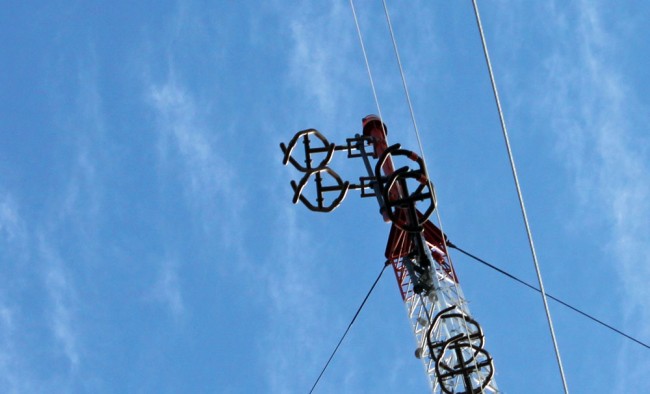My son and daughter are playing ice hockey this winter. This means that every Saturday morning I have to get up very early and haul them off to the rink for practice and a game. It is actually a lot of fun because I love watching them play. Having played a certain version of pond hockey in my youth, it brings back good memories.
In any case, last week, after they finished their game and changed out of their hockey gear, my son wanted to watch the older kids play. Thus, we sat down in the bleachers for a few minutes to watch the 12-15-year-olds play against a traveling team. Most hockey leagues are mixed, that is to say, girls and boys play on the same team. Not to put too fine a point on it, but the girls can be decerned not only by their ponytails but also the pink stake laces or pink hockey gloves. I also noticed that the girls seem to play a more cerebral version of the game, which is a joy to watch.
Not soon after we sat down, a fast break play developed at mid-ice. It was truly a thing of beauty. A player from the home team intercepted a pass from the opposing team and took off down the ice. She was followed closely by another player from her own team. As they crossed the opposing red line, the other team closed in. I watched the lead player move fast toward the goal and then fake out the goalie, lifting her stick oh so much as she made the shot. The goalie was completely fooled and dove for the non-existing puck, which was left on the ice for the following player, who neatly scooped it into the goal under the goalie’s leg. It was over in a flash of white jerseys and pink laces. I thought to myself; these are kids are great! You do not have to watch an NHL game to see good hockey and sometimes the so-called “professional” sports are overrated anyway.
Which got me thinking about LPFM. How many budding journalists, play-by-play announcers, DJs, and presenters are out there waiting for an opportunity to show their stuff? An opportunity that they may never get because most commercial and many public radio stations are locked into an increasing automation loop. Locally originated programming is constantly being cut and replaced by satellite-syndicated formats and or out-of-market voice tracking. It is truly a shame because the strongest leg that terrestrial radio can stand on is localism.
LPFM can be that opportunity to return the radio to its community of license. It will not be easy, clearly, the rules were written to prevent LPFM from ever competing with commercial or even public radio stations. Restrictive power levels, odious interference rules, and limited fundraising capability will keep all but true believers and perhaps ignorant souls from attempting for a license. It will be hard, but not impossible, and true believers will make a go of it. The October 15th, 2013 filing window will very likely be the last opportunity for community organizations to establish a local radio station. After that, the remaining spectrum crumbs will be divided between translator aggregators to create ever larger networks of mostly redundant content.
Terrestrial radio may well go through an evolutionary change. As more and more broadcasters are finding out, once a license is owned, there is a great deal of expense in operating a station. Things like employees and office supplies can be cut, however; towers need to be maintained, transmitters and antennas need to be replaced periodically, electricity bills must be paid, etc. The larger the station, the more operating costs are involved. Another serious economic downturn like 2008 and the crazy train will be off the rails. The inexpensive-to-operate, volunteer-run local LPFM may indeed be the last radio station(s) standing. I have heard many decry this type of station as “amateurish” or “not professional.” Here is what can happen if you give a bunch of amateurs a free hand:
Good stuff. Big picture stuff.



